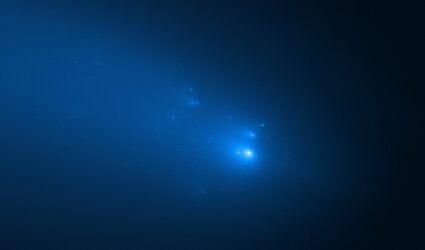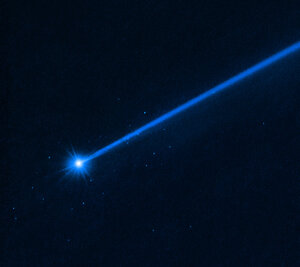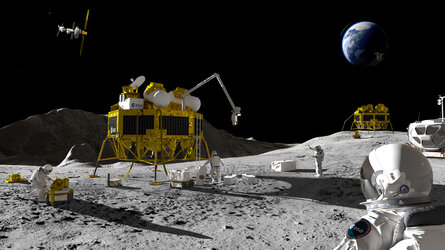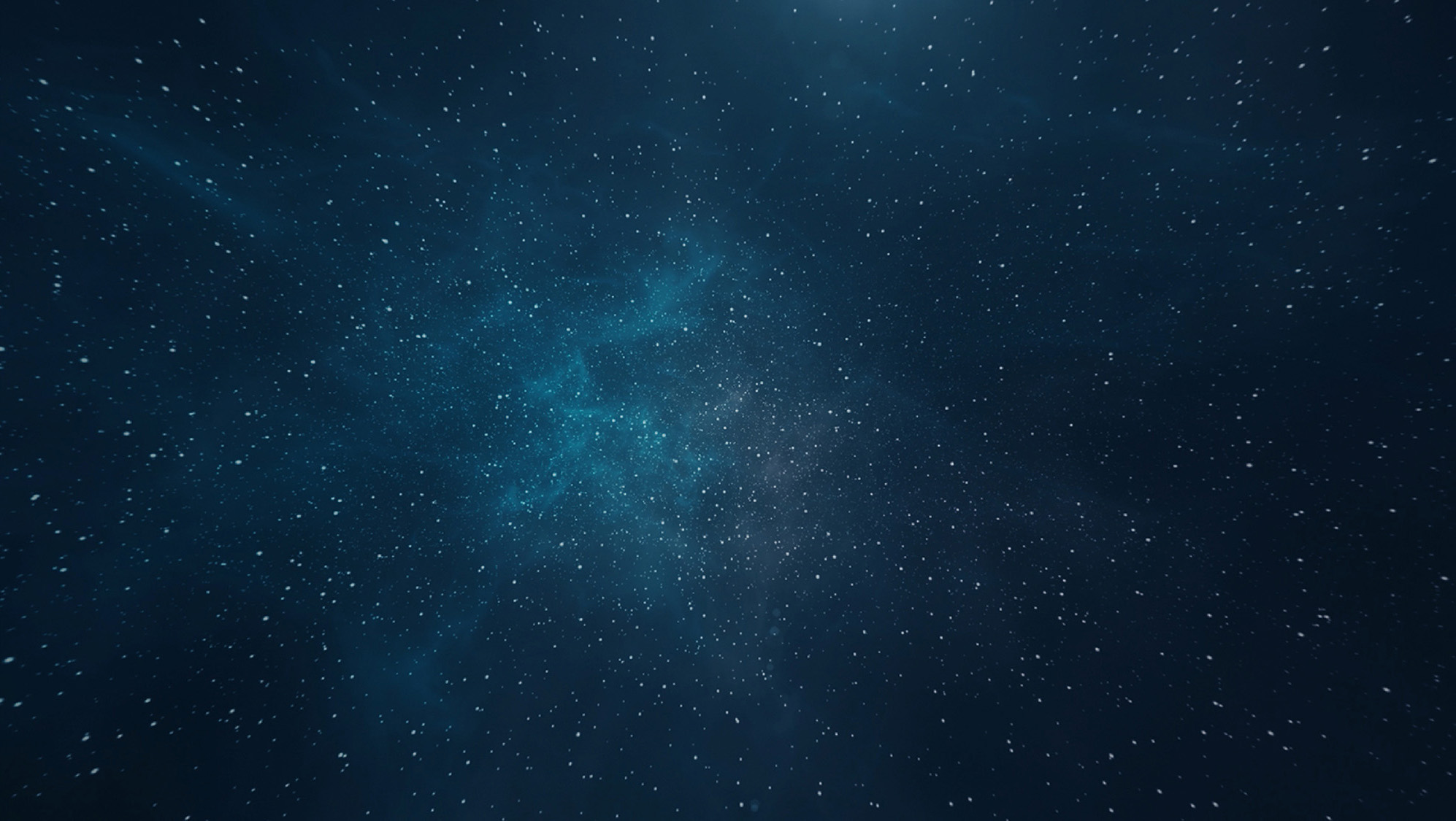Accept all cookies Accept only essential cookies See our Cookie Notice

About ESA
The European Space Agency (ESA) is Europe’s gateway to space. Its mission is to shape the development of Europe’s space capability and ensure that investment in space continues to deliver benefits to the citizens of Europe and the world.
Highlights
ESA - United space in Europe
This is ESA ESA facts Member States & Cooperating States Funding Director General Top management For Member State Delegations European vision European Space Policy ESA & EU Space Councils Responsibility & Sustainability Annual Report Calendar of meetings Corporate newsEstablishments & sites
ESA Headquarters ESA ESTEC ESA ESOC ESA ESRIN ESA EAC ESA ESAC Europe's Spaceport ESA ESEC ESA ECSAT Brussels Office Washington OfficeWorking with ESA
Business with ESA ESA Commercialisation Gateway Law at ESA Careers Cyber resilience at ESA IT at ESA Newsroom Partnerships Merchandising Licence Education Open Space Innovation Platform Integrity and Reporting Administrative Tribunal Health and SafetyMore about ESA
History ESA Historical Archives Exhibitions Publications Art & Culture ESA Merchandise Kids Diversity ESA Brand CentreLatest
Space in Member States
Find out more about space activities in our 23 Member States, and understand how ESA works together with their national agencies, institutions and organisations.
Science & Exploration
Exploring our Solar System and unlocking the secrets of the Universe
Go to topicAstronauts
Missions
Juice Euclid Webb Solar Orbiter BepiColombo Gaia ExoMars Cheops Exoplanet missions More missionsActivities
International Space Station Orion service module Gateway Concordia Caves & Pangaea BenefitsLatest
Space Safety
Protecting life and infrastructure on Earth and in orbit
Go to topicAsteroids
Asteroids and Planetary Defence Asteroid danger explained Flyeye telescope: asteroid detection Hera mission: asteroid deflection Near-Earth Object Coordination CentreSpace junk
About space debris Space debris by the numbers Space Environment Report In space refuelling, refurbishing and removingSafety from space
Clean Space ecodesign Zero Debris Technologies Space for Earth Supporting Sustainable DevelopmentLatest
Applications
Using space to benefit citizens and meet future challenges on Earth
Go to topicObserving the Earth
Observing the Earth Future EO Copernicus Meteorology Space for our climate Satellite missionsCommercialisation
ESA Commercialisation Gateway Open Space Innovation Platform Business Incubation ESA Space SolutionsLatest
Enabling & Support
Making space accessible and developing the technologies for the future
Go to topicBuilding missions
Space Engineering and Technology Test centre Laboratories Concurrent Design Facility Preparing for the future Shaping the Future Discovery and Preparation Advanced Concepts TeamSpace transportation
Space Transportation Ariane Vega Space Rider Future space transportation Boost! Europe's Spaceport Launches from Europe's Spaceport from 2012Latest

Bizarre six-tailed asteroid
Thank you for liking
You have already liked this page, you can only like it once!
This NASA/ESA Hubble Space Telescope image reveals a never-before seen set of six comet-like tails radiating from a body in the asteroid belt.
Now designated P/2013 P5, the asteroid was discovered as an unusually fuzzy-looking object by astronomers using the Pan-STARRS survey telescope in Hawaii. The multiple tails were discovered in Hubble images taken on 10 September 2013.
When Hubble returned to the asteroid on 23 September its appearance had totally changed – it looked as if the entire structure had swung around.
One interpretation is that the asteroid’s spin has increased to the point where dust is being flung off the surface and escaping into space, where it is swept out into tails by the pressure of sunlight.
According to this theory, the asteroid’s rotation has been accelerated by the gentle push of sunlight. The tail’s structure suggests the object has been throwing off dust for at least five months.
These visible-light images were taken with Hubble’s Wide Field Camera 3. The asteroid is seen on the left as viewed on 10 September, and on the right as seen on 23 September.
Read the full news release.
-
CREDIT
NASA, ESA, D. Jewitt (University of California, Los Angeles), J. Agarwal (Max Planck Institute for Solar System Research), H. Weaver (Johns Hopkins University Applied Physics Laboratory), M. Mutchler (STScI) & S. Larson (University of Arizona) -
LICENCE
ESA Standard Licence

Hubble views a bizarre cosmic quartet

Hubble observation of Comet ATLAS on 23 April 2020

Hubble sees boulders escaping from asteroid Dimorphos

Hubble sees boulders escaping from asteroid Dimorpho…















 Germany
Germany
 Austria
Austria
 Belgium
Belgium
 Denmark
Denmark
 Spain
Spain
 Estonia
Estonia
 Finland
Finland
 France
France
 Greece
Greece
 Hungary
Hungary
 Ireland
Ireland
 Italy
Italy
 Luxembourg
Luxembourg
 Norway
Norway
 The Netherlands
The Netherlands
 Poland
Poland
 Portugal
Portugal
 Czechia
Czechia
 Romania
Romania
 United Kingdom
United Kingdom
 Slovenia
Slovenia
 Sweden
Sweden
 Switzerland
Switzerland

























